
We hear it all the time from mountain bike skill coaches, professionals, and YouTubers alike: “Pump tracks can help you progress your skills.” However, this advice is often left as a broad statement or a general article on how to ride a pump track. Although we are continually reminded of the importance of riding pump tracks, few of us do so on a regular basis.
If we began viewing pump tracks as a place to build and work on specific skills that will translate directly to trail riding, a few laps might become a regular part of our rides.
Why don’t we ride pump tracks?
Let’s get the obvious one out of the way. Many mountain bikers don’t ride pump tracks simply because they don’t have a pump track within a reasonable driving distance from their home. That said, more pump tracks are popping up around the country, and sometimes in the places we’d least expect them.
Other riders may have a pump track nearby, but it may not be their idea of “mountain biking.” For many, mountain biking is a form of escape. They want to get away from the city, from traffic, and maybe from other people, and spin miles on singletrack. This is something a pump track often can’t provide.
And sometimes, it’s the people at the pump track that keep us away.
“I think it can be seen as a family thing, or a beginner type of thing,” Ben Ortowski told us. In many ways, pump tracks have become a new kind of playground, where kids ride bikes and scooters in every direction. While it is always great to see kids on bikes, we may not want to hone our craft on what we view as a child’s playground.
Ortowski is a mountain bike skills coach and personal trainer based in northern Colorado and has run his coaching program, Ben’s Pro Tips, for several years. While he works with riders of all skill levels, Ortowski, a former CAT 1 DH racer himself, tailors much of his coaching to intermediate and advanced-level riders.
Ortowski says that if pump tracks aren’t dismissed as playgrounds, they’re often seen as useful only for riders focused on flow trail progression. The transition from a pump track to a flow trail is fairly obvious, but Ortowski believes that riding pump tracks can also develop several skills applicable to all types of trails.

Pump track skills that translate to trail riding
Pumping
This probably doesn’t surprise you, but one of the most significant skills a pump track teaches is how to pump your bike to maintain and increase your speed. However, this technique isn’t just for smooth trail rollers and tabletops.
“Regardless of the terrain being smooth or rough, we need to be able to be strong on the bike and move the bike into and out of holes and rises, and push into things,” Ortowski explained.
Flow trails: We are more likely to see how pump track skills will translate to riding flow trails. Many features — rollers, jumps, and berms — found on pump tracks are also found on typical flow trails. Adequately pumping a roller on a pump track enables a rider to gain speed, a valuable skill when increased speed is required, such as on a flowy trail jump.
“You’re going around a corner and you have a roller right before a jump,” Ortowski said. “If you screw up the corner but still want to hit the jump, getting a really strong pump on that roller might give you enough of a speed boost to now clear that jump.”

Tech trails: Proper pumping also allows you to navigate through rocks and roots with greater confidence. Though technical trails aren’t as consistent as pump tracks, Ortowski believes pump track practice helps riders flow more smoothly through rough sections.
While it may not be as drastically uniform as the rollers of a pump track, Ortowski challenges riders to see the dips and drops of a descending tech section similarly. The same motions are needed: pressing the bars into holes and rowing them on top of the rock. For Ortowski, rock gardens and root sections are just inconsistent, weird-looking pump tracks.
“Your timing has to be very quick on a pump track in a way that translates extremely well to rock gardens and rooty, weird sections that you find in the backcountry,” Ortowski explained.

Jumping
Even on more technical trails, jumping is a skill that can enhance our riding. Whether you are trying to clear a ten-foot tabletop or gap over a rooty section via a rock bump at the beginning, pump tracks are a great place to get a jumping foundation.
Ortowski has had more than one jumping lesson that moved to the pump track and turned into a pumping lesson. “The mechanics for pumping — like [pressing the bike into] the downside of a roller — are the same thing that we want when we’re pushing into a takeoff — we just change the timing,” Ortowski said.
Properly pumping a roller means lifting over the top and pushing through the pedals into the backside. Ortowski explained that this pushing sensation through the feet and into a feature is what he wants his students to replicate on the lip of a jump. This lets Ortowski’s students feel what it’s like to apply the right pressure into the bike before their tires even leave the ground.

Cornering
In the same way that pump tracks teach jumping fundamentals without requiring riders to leave the ground, they can also teach proper cornering fundamentals in a controlled environment. Because asphalt pump tracks don’t have roots, rocks, dirt, or sand to worry about, they allow you to practice cornering in a way that eliminates the element of grip as a limiting factor.
“They teach you to stay centered in the bike and keep pressure through the bars and pedals so you can arch around and gain speed by pumping the corner rather than going wide and slowing down,” Ortowski explained.
While no two corners will be exactly the same on any given trail, the ideal cornering fundamentals remain the same. If those fundamentals can be practiced in a controlled environment, such as a pump track, you are much more likely to apply those best practices to your everyday trail ride.

Why else should we ride pump tracks?
Aside from how practicing pumping, jumping, and cornering directly relates to improved skills on the trail, Ortowski pointed out a few other benefits of pump tracks.
Pump tracks will expose a general lack of skills. “If you go all-out on a pump track and you still can’t gain much speed, then you know it’s more of a skill thing,” Ortowski said.
Speed will be the most significant indicator of what you need to work on. If you rip through the corners but lose considerable speed over the rollers, you’ve found where you need to focus your time.
A pump track can also expose a lack of fitness. Whether it’s feeling gassed after one lap or thinking your arms might fall off from all the pressing and rowing (maybe both), a pump track is a good reminder that being strong and fit are essential to mountain bike performance
Even if the weight room isn’t your thing, the pump track will surely whip you into shape.

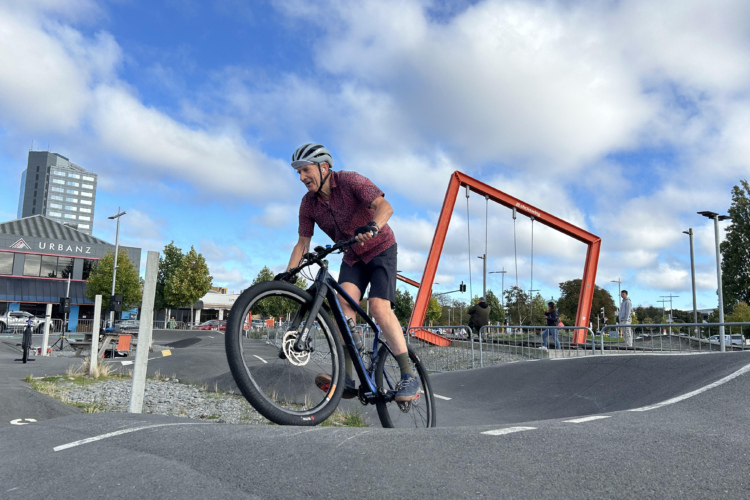


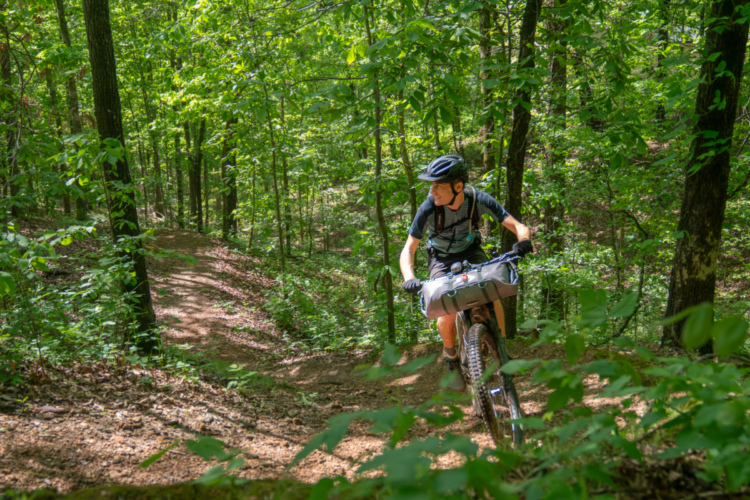
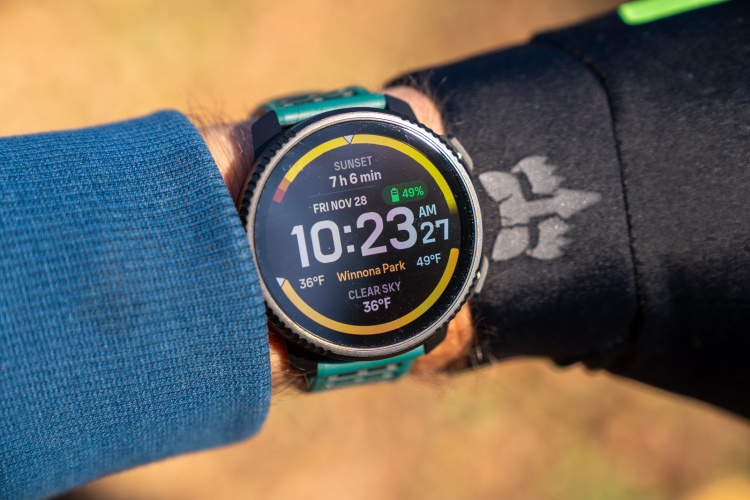

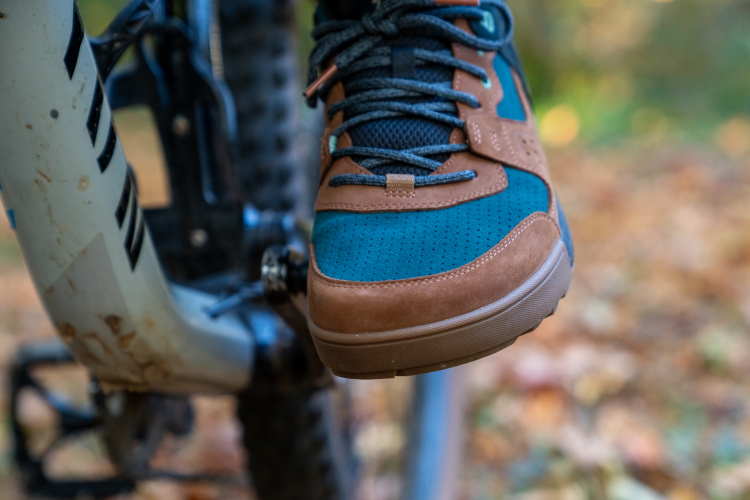
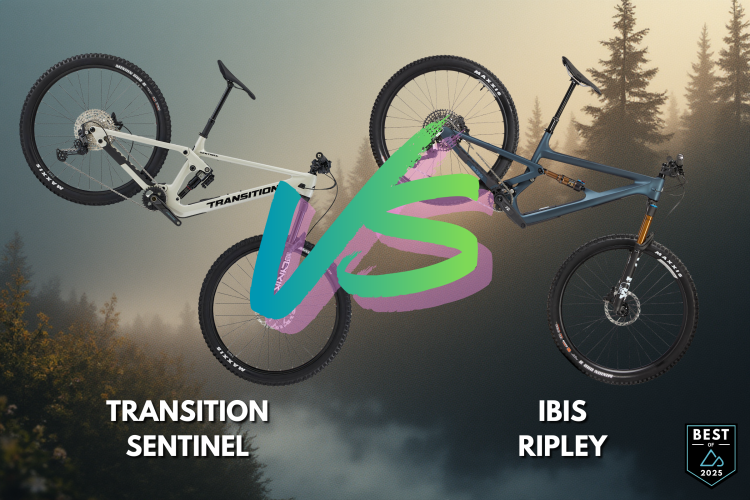

0 Comments